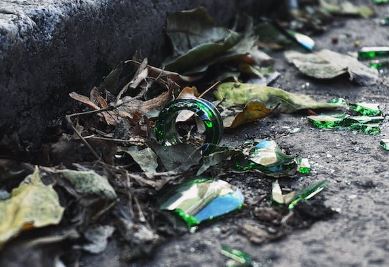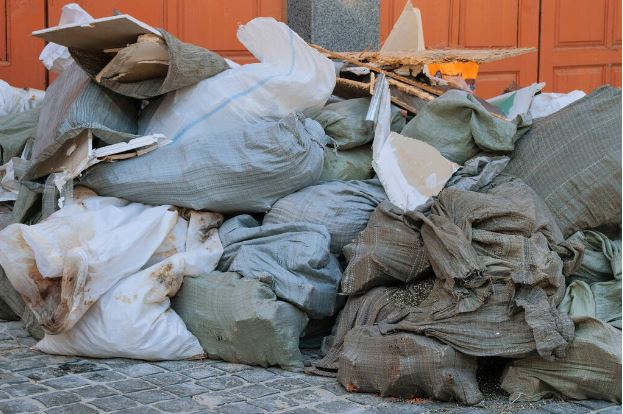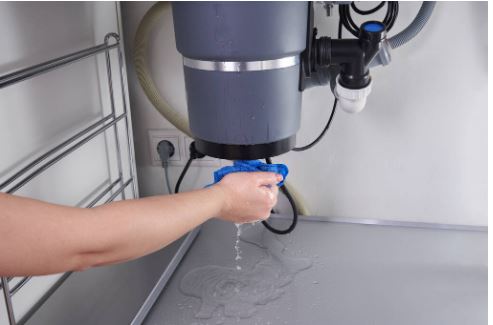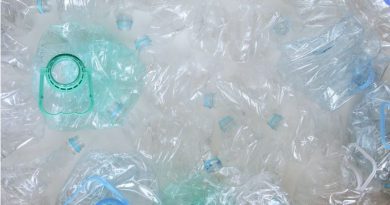Explore Sustainable Alternatives to Hazardous Waste Disposal
Hazardous waste disposal is an important environmental issue that needs to be addressed due to its potential impacts on human health and the environment. Hazardous wastes can come from many sources, including industrial activities, mining operations, manufacturing processes, and even household products. Disposing of hazardous waste requires careful consideration of the possible consequences in order to ensure it is done in a safe and responsible manner. This introduction will discuss the types of hazardous waste that may be generated, how it is classified and regulated, as well as some options for safe disposal methods.
Definition of Hazardous Waste
Hazardous waste is a type of waste that poses a potential threat to human health and the environment due to its chemical or physical properties. Hazardous wastes can come from a variety of sources, such as industrial and manufacturing processes, medical facilities, agricultural activities, and even households. These wastes contain harmful pollutants which can have serious short-term or long-term effects on humans and the environment if not properly managed. When it comes to hazardous waste disposal, click the link: https://tidy.com.sg/.
Hazardous waste is classified into four main categories based on its origin: industrial hazardous waste (IHW), household hazardous waste (HHW), special hazardous waste (SHW), and infectious/contaminated material (ICM). IHW includes materials produced from industrial activities such as chemicals used in manufacturing processes; HHW consists of materials generated from household activities like pesticides and paint; SHW contains materials created by specific industries such as pharmaceuticals; ICM includes biological material with the potential to cause infectious diseases.
Under federal laws enacted in the United States, anyone who generates more than 100 kilograms per month of hazardous waste must comply with strict regulations governing the storage, transportation, disposal, recycling, or reuse of these materials. There are also special rules for handling different types of hazardous wastes like solvents or flammable liquids.
Causes of Hazardous Waste
Hazardous waste is a term used to describe any material, solid, liquid, or gas that can potentially cause harm to the environment and human health. It is important to understand the causes of hazardous waste in order to reduce its creation and ensure safe disposal.
One of the leading causes of hazardous waste is industrial production. Industries around the world produce a large number of hazardous materials as by-products of their operations. These materials can range from chemical pollutants like mercury, lead, and arsenic, to radioactive substances such as uranium and plutonium from nuclear power plants. Industrial processes also generate large amounts of solid wastes such as metals, plastics, solvents, and oils which must be disposed of safely in order to avoid contamination of land or water sources.
Another major cause of hazardous waste is improper disposal methods used by consumers at home or in public places. Discarding items such as batteries, electronics or paint into general garbage bins can result in these materials ending up in landfills where they may leak toxins into soil or groundwater supplies over time. Similarly dumping used oil down drains will result in this contaminating water sources if not disposed of properly at specialized collection points.
Environmental Impact of Hazardous Waste Disposal
Hazardous waste is any material that poses a danger to human health or the environment. The improper disposal of hazardous wastes can have a devastating impact on the environment and local ecosystems. In this article, we will explore some of the environmental impacts associated with hazardous waste disposal and what can be done to mitigate them.
The most obvious environmental impact of hazardous waste disposal is the contamination of soil and water sources. Hazardous materials such as industrial chemicals, solvents, and oils can seep into groundwater or leach into nearby streams and rivers when improperly disposed of or stored without proper containment measures in place. This contamination can result in serious health risks for people who come into contact with these polluted water sources, as well as long-term damage to local ecosystems by poisoning plants, animals, fish, invertebrates, and other organisms that rely on clean water for survival.
Air pollution is another major environmental concern when it comes to hazardous waste disposal. Many chemical compounds released during improper storage or burning of hazardous materials are highly toxic; these compounds can travel through air currents for miles away from their source before settling back down onto soil surfaces or entering local bodies of water where they become concentrated over time due to bioaccumulation effects.
Hazardous waste disposal is also a critical issue that must be taken seriously. It is important to understand the dangers of not properly disposing of hazardous materials and to take steps to ensure that all hazardous waste is disposed of in an environmentally responsible manner. This includes knowing which materials require special disposal procedures and following those guidelines closely. Additionally, it is essential to stay up-to-date on current regulations regarding the management and disposal of hazardous waste so that our environment remains safe and healthy for future generations.






